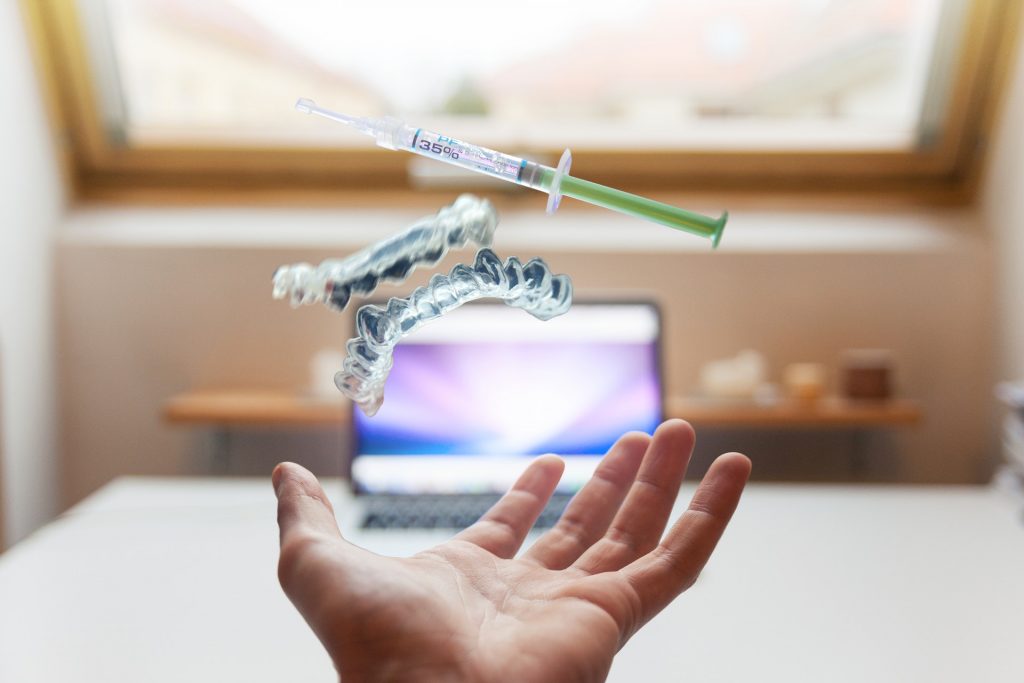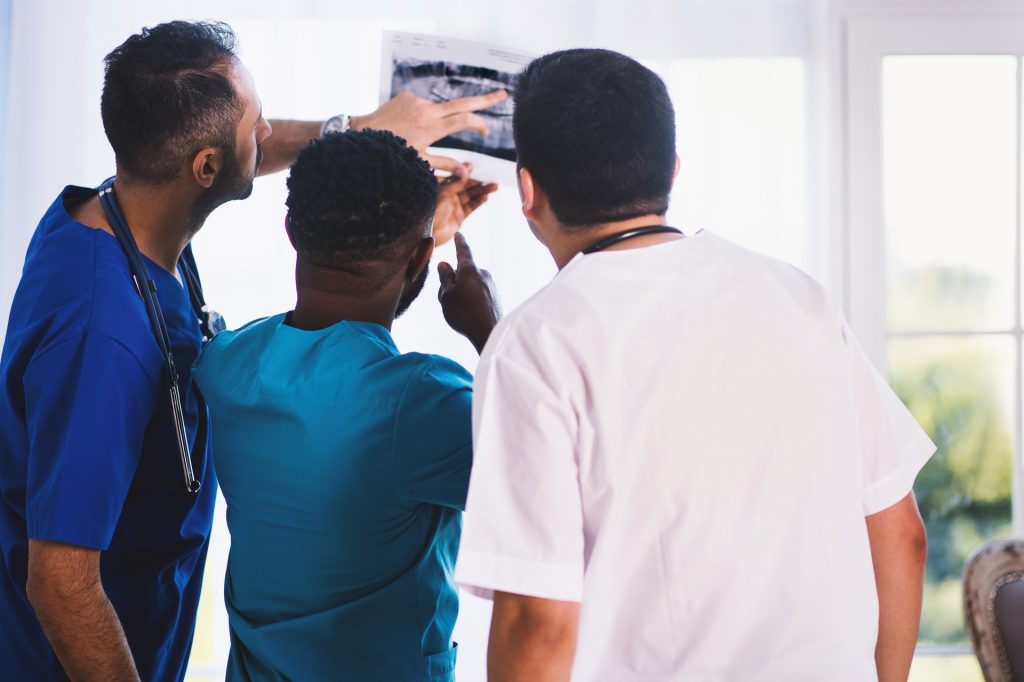
Incorporating Art into Medicine and Technology
The procedures followed by the medical school admission committees has become more evident over the last couple of decades They are far more engaged with “out of the box” thinking with regards to identifying and choosing particular skills that shall determine the “ideal” candidate for medical school.
Previous experience with critical thinking in the sciences (left brain) has become a frequent theme for perceived achievement in medication. Sprinkled with all these critical characteristics and techniques, it sums up the value of a humanities background, highlighting more “right brain” attributes (like imagery, drawing and poetry) that holds greater significance in the view of a few experts.
Being accepted to medical school used to suggest choosing time- honoured areas like chemistry or physics, carrying a more conventional path as a”pre-med” to obtain entry. The aim would be to be ready for the ambush of biochemistry, pharmacology, human anatomy and science-related substance that has traditionally uttered the first many years of medical school, before the transition into formal clerkships.
In the previous two decades, however, with the debut of the issue- based learning encouraged by Harvard Medical School, together with an earlier vulnerability to seeing patients at a variety of electives, the conventional pre-med pupil that admission committees utilize to find has started to change.

A growing number of medical schools are incorporating the humanities subject into their curriculum. It was that excellence of purely science-related background that improved the likelihood of gaining entry into medical school. But conventional medical practice, focused on bioscience, is failing to offer the individual psychological and functional skills. It’s believed that exposure to the humanities and the arts can cure the circumstance. This exposure could boost a student’s capacity to excel in medical school and eventually become a successful doctor in training. Introduction of the next generation bio- collagen stimulation technique has been successful, primarily due to the collaboration of art and science and the way doctor’s believed that there could be an above and beyond to the traditional methods of skin rejuvenation from aging.
One approach that has been proven to work in assisting medical students maintain empathy and deepen understanding of their human state is an arts-based medical program. There’s strong evidence that the arts — storytelling, writing, dancing, theatre, literature, music, and visual arts, will help deepen reflection and comprehension of the human element of medical practice. Arts and humanities can improve students’ skills to become a better person, live nicely, experience minimalization, experience disease, and take part in a therapeutic relationship.
As medical colleges are becoming more innovative and as their strategy to training medical students has evolved according to new and innovative schools, acquiring a strictly science-related history might not be the only method to boost the likelihood of gaining entry. Such alternative visual and artistic abilities can improve the capacity of a student to excel in medical school and eventually become a successful doctor in training. Medical students having a more varied background, which might consist of visual and artistic abilities which potentially hold an edge in the present selection procedure. It appears that pupils with much more “right brain” qualities, associated with vision, drawing and visual skills, have started to emerge as more effective in the modern electronic, image-based universe of medication.
The data is rather persuasive that individuals who believe in graphics may actually have higher innovation and increased creativity than individuals who believe in words.
Much was written concerning the ability of the arts to permit doctors to research upon more physical findings. Many physical findings have been described by artists, and only by their left brain crucial counterparts. An observation-type program designed to improve visual literacy has been replicated at a number of different colleges, helping to enhance pupils’ visual-spatial abilities, with enhanced functionality noted throughout their clerkship rotations.
Some doctors who have fought through medical school, possibly with undiagnosed dyslexia, might have depended upon their own ability to think in pictures, with this being a reason they might excel in medical college. Medical college brings those who are abandoned brain but proceeds to atrophy what’s left of the right brain. Nowadays, medical teachers are combining medicine and art to create unique new methods to involve the humanities to concentrate on skills in identification and monitoring to understand that a patient’s requirements. For example, the Platelet Rich Plasma process has been introduced artistically where the patient’s own blood is used to make the concentrated plasma enhanced and more rich in platelets.
As medical students become more accustomed to the arts, where being creative and innovative is entirely appreciated and “out-of-the-box” thinking is all the more encouraged and rewarded.


